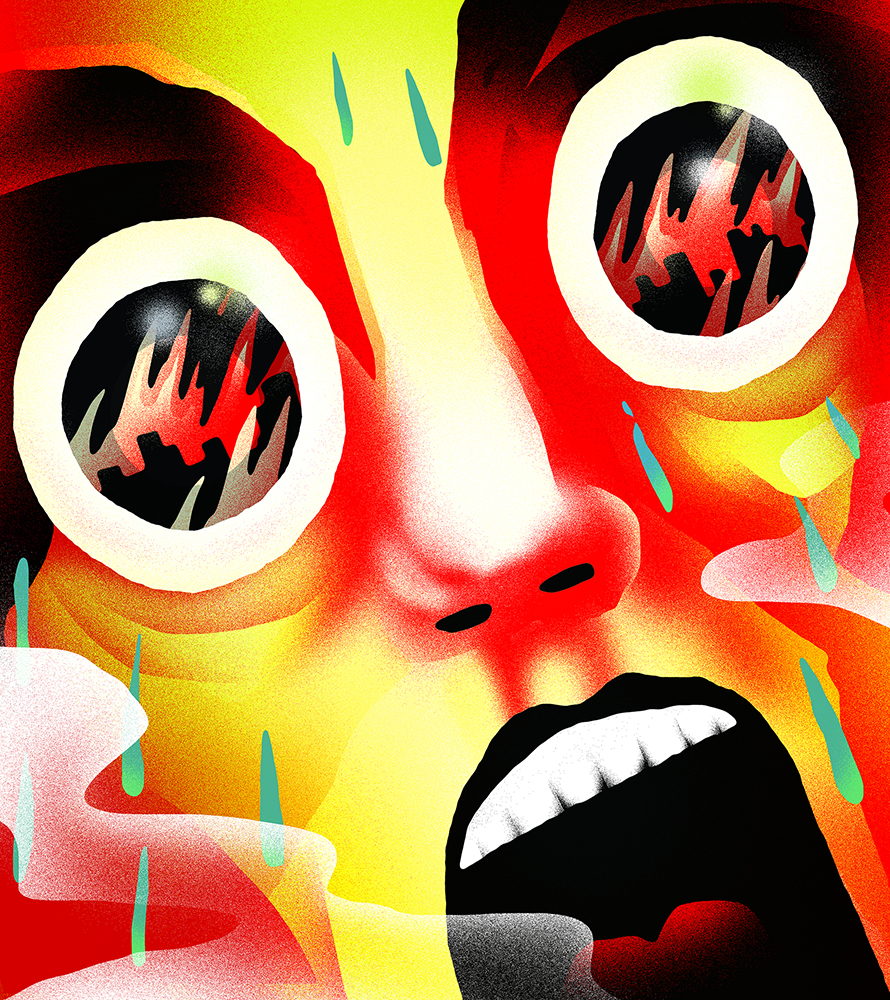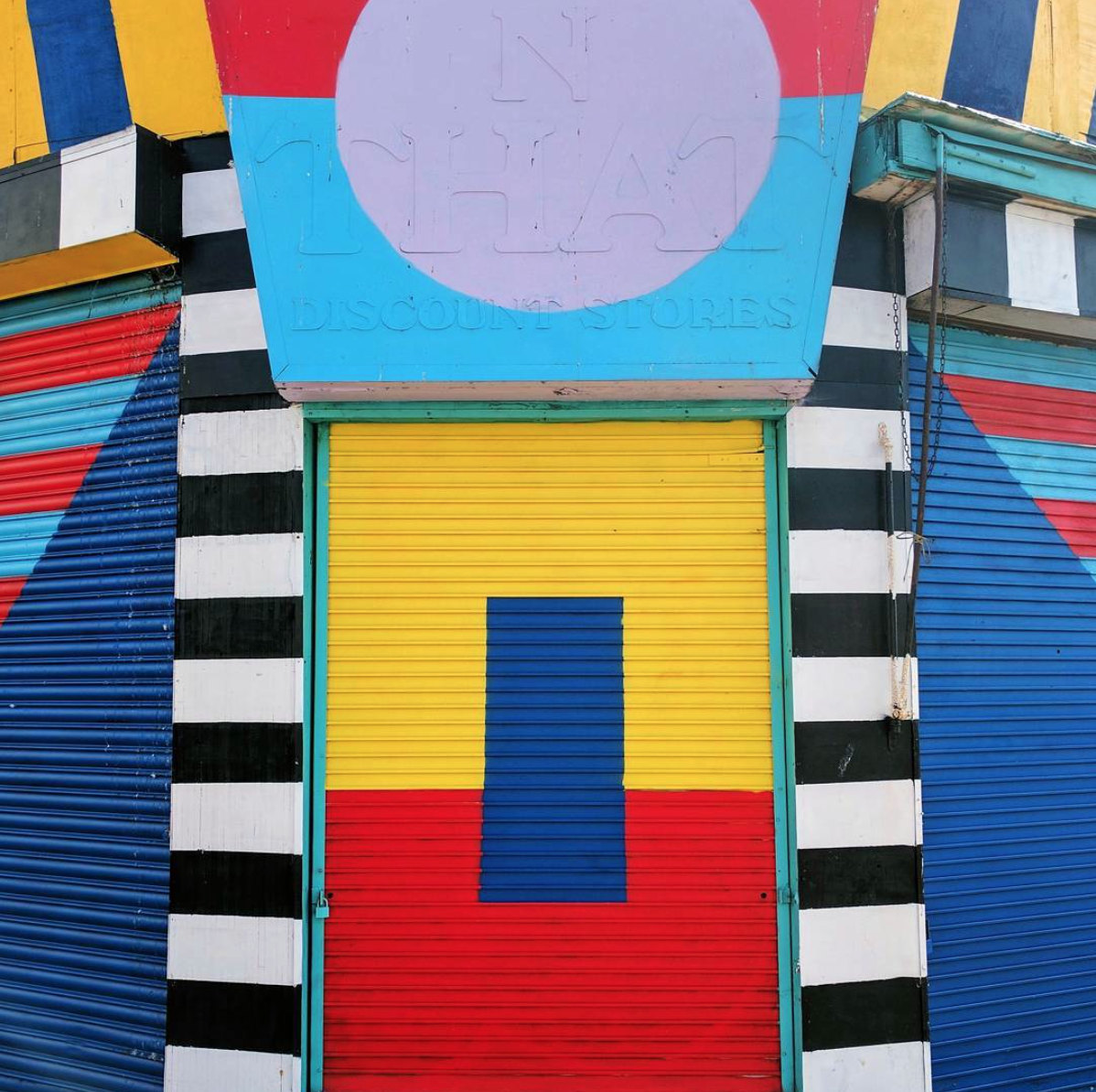Editorial illustrator Daniel Zender shares is working process

Daniel Zender is an artist and illustrator living and working in Brooklyn, NY. In 2015 he received the Young Guns award from the Art Directors Club. In 2017 he received a silver medal from the Society of Illustrator, followed by a year as an in-house editorial art director at Bleacher Report.
Most of my digital work is directly informed by the paintings and drawings I do in my studio and sketchbook. This means that everything always starts with one or two base colours. Gradually I begin to add shading and depth to evoke certain moods relative to the piece.
My main goal is to simplify as much as possible, to tell most of the story with the least amount of information.
Working in Photoshop has helped me enormously. I can switch various elements to make them disappear, blend in, or come to the foreground of the image, depending upon what I’m trying to say. In that way, it is very simple. The overall process is very simple: a two colour image can immediately feel extremely deep and atmospheric by adding slight highlights or shadows. Much of the work that goes into final pieces is based around adding and subtracting information to get the desired effect.

Illustration by Daniel Zender

Illustration by Daniel Zender
How do you contextualize your work?
It is hard, because there are many different aspects to my work. From illustration to painting, comics to 3-D. I’m trying to evoke mystery and horror, but with a specific dark sense of humor and approachability. I think the weirdest, scariest stuff happens when the viewer realizes something unexpected is happening, that they didn’t notice at first.
The overall process is very simple: a two colour image can feel extremely deep and atmospheric by adding slight highlights to separate them from other elements.
What are the advantages of using an illustration over photography?
It seems like illustration can give a lot more information about a narrative than a photograph can, with a lot less effort. There is also a greater breadth of style afforded by illustration. I think that illustration ultimately allows for more “customisation” when it comes to representing a narrative.

Illustration by Daniel Zender for The New Yorker
Can you provide an overview of the idea and inspiration behind a recent piece?
For any illustration, I follow these steps: it always starts with a concept. I don’t thumbnail in the traditional sense. Usually my sketches are done at quarter page size first. This doesn’t make a lot of sense when it comes to efficiency in my sketchbook, but for some reason it’s better for me to work things out large scale first, then go back in and tweak. I usually do 8-12 sketches, not including variations on composition. Then I scan everything! Doing this allows me compare everything side by side and make my own edits before sending to the art director. Recently I’ve got into the habit of working directly on top of my approved sketch in Photoshop. This is sort of a weird thing to do as the sketches are usually pretty loose, but it helps to maintain a level of consistency between the approved sketch and the final art.

Illustration by Daniel Zender
All elements of the art are drawn individually and pieced together. This allows me to do small tweaks to sizing and composition. I use a combination of two brushes and a secret filter to achieve the graphic quality of my work. A lot of it is built up and then I use the “clear” brush mode and the “dissolve” mode to build up shapes and carve stuff off. By separating out individual elements as best I can, I change color, move elements, and adjust with the most flexibility. Usually my Photoshop files end up being 50-100 layers, even though they appear simple. (Many of those layers are hidden and discarded when flattened) For the final stage I flatten everything. Before sending the artwork I adjust hue and saturation, to make sure the final image is as good as perfect. Sometimes I will send 2-3 colour variations.

Illustration by Daniel Zender
Can you offer a tip on how illustrators can use specific tools or techniques to create work with a handmade digital feel?
Work with the physical medium that you are trying to replicate in Photoshop, before approaching it digitally. I think that the “handmade” feeling is achieved when the artist actually experiences the subtle nuances of the medium before trying to fake it on a computer. It’s really hard to make digital watercolour feel real, if you have never used actual watercolours or brushes before.















